The city - sliced, diced and served with a dash of sauce
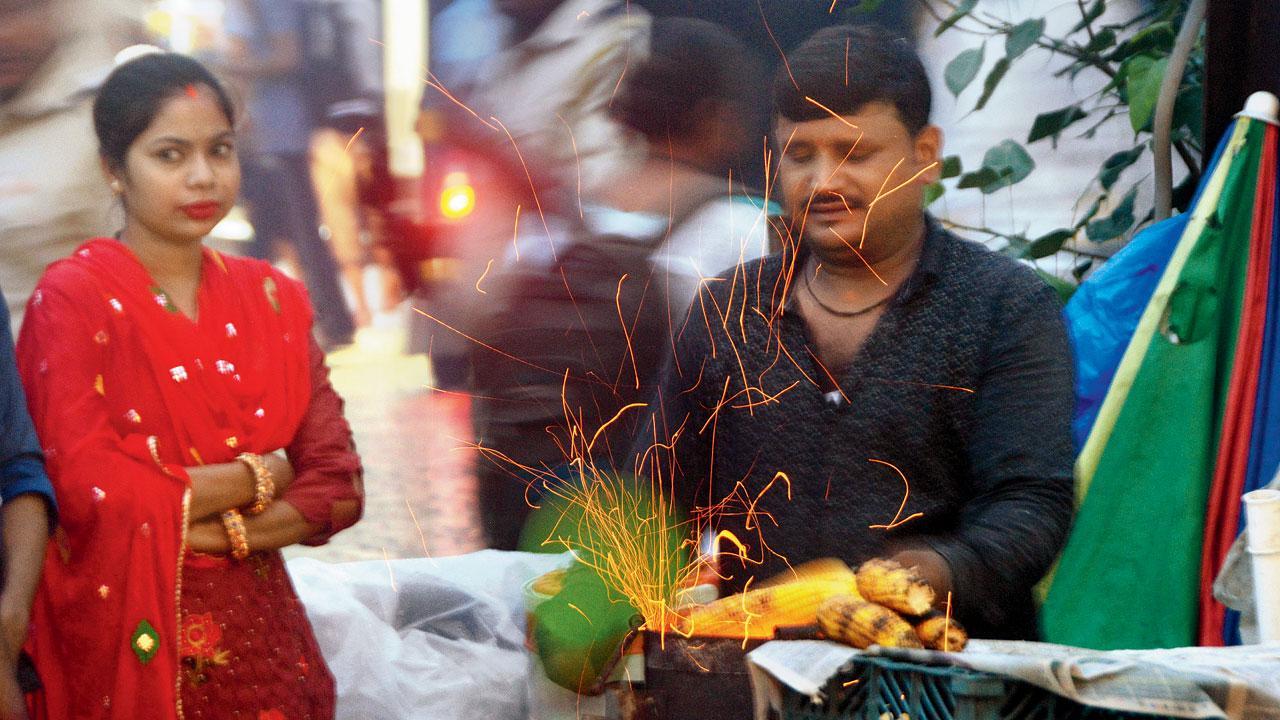
Pic/Satej Shinde
Great Corns on Fire
ADVERTISEMENT
The July weather calls for corn on the cob as seen at Manpada road in Dombivli.
A touch of green ink
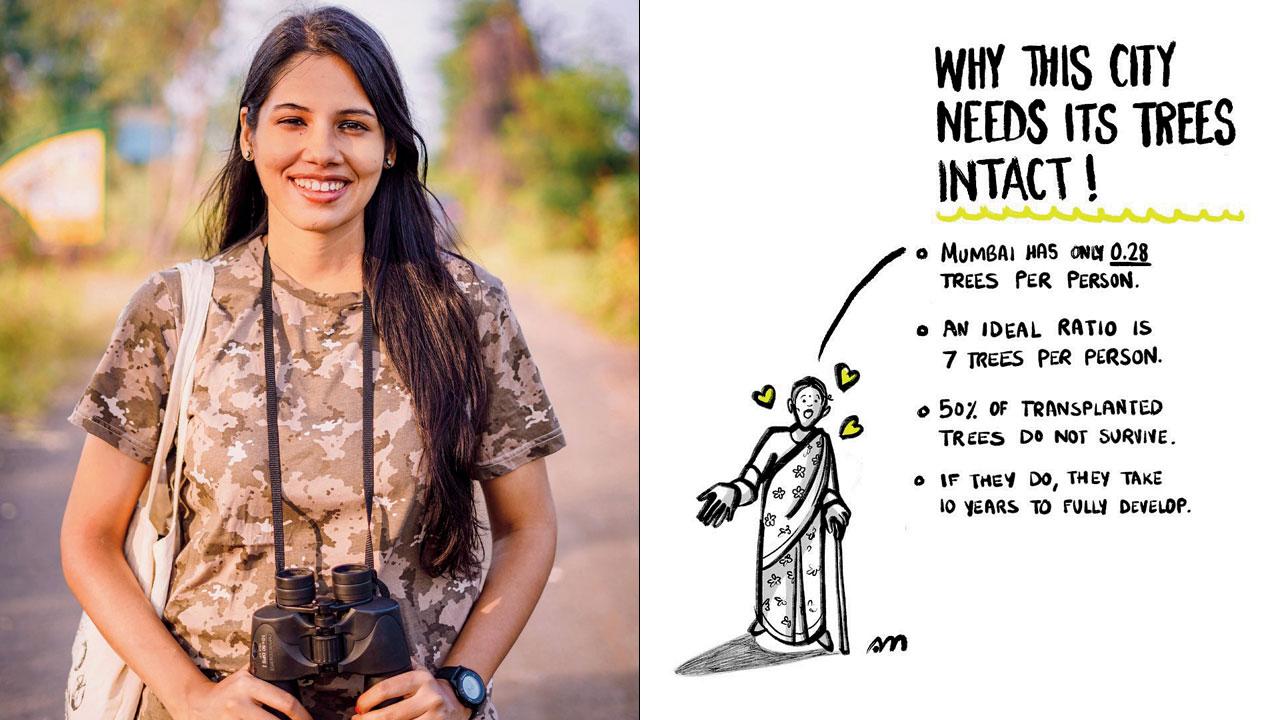
(Left) Ashvini Menon; her artwork on Aarey conservation. Pic Courtesy/Instagram
Our eyes were drawn to artist Ashvini Menon’s latest work about the simmering Aarey forest issue on her Instagram page last week. Menon remarked that such conflicts are inevitable. “We live in a country where space is a constant problem,” she said. Her take features an elderly grandmother telling us the bare facts of the forest. “She represents someone who cares for the future, not herself. I only needed to back her up with some humour and basic numbers — self-evident and freely available.” Menon told this diarist that there can be no compromise with nature for development. “Sustainability and development cannot be exclusive. If it is not sustainable, it is not development,” she remarked. “The Aarey, mangroves and the city’s coastline are non-negotiables. We can find a way around them,” Menon maintained. With the conflict creating political and social rifts, the artist expressed a slight apprehension. “All sides need to understand that we only want the city to survive and thrive.”
Here comes the sun
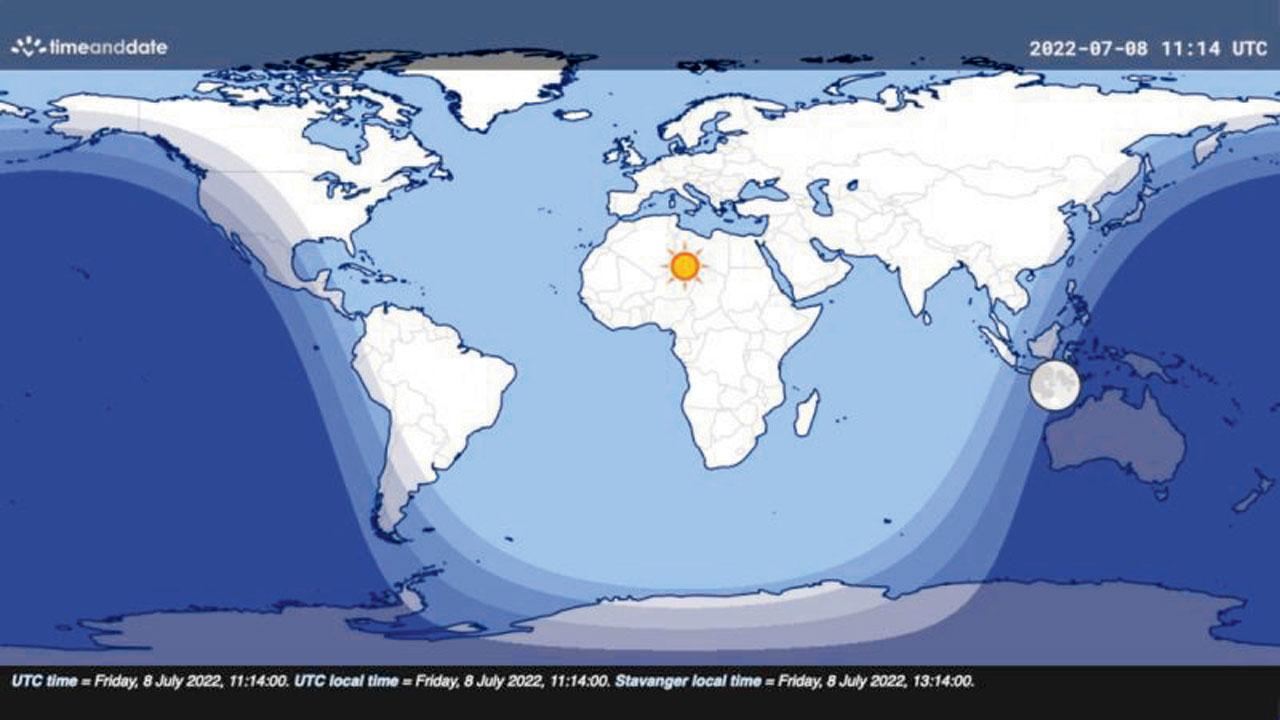
An illustration of the sunlit part on July 8. Pic Courtesy/Earthsky.org
It might not have felt so in Mumbai, but yesterday had a moment of celestial magic hidden in it. The dark clouds notwithstanding, it was a day when 99 per cent of the world’s population was in sunlight. Arvind Paranjpye (inset), director, Nehru Planetarium, remarked, “Every year, there comes a time when the axis of the earth is tilted in such a way that the maximum portion is illuminated by the sun.”
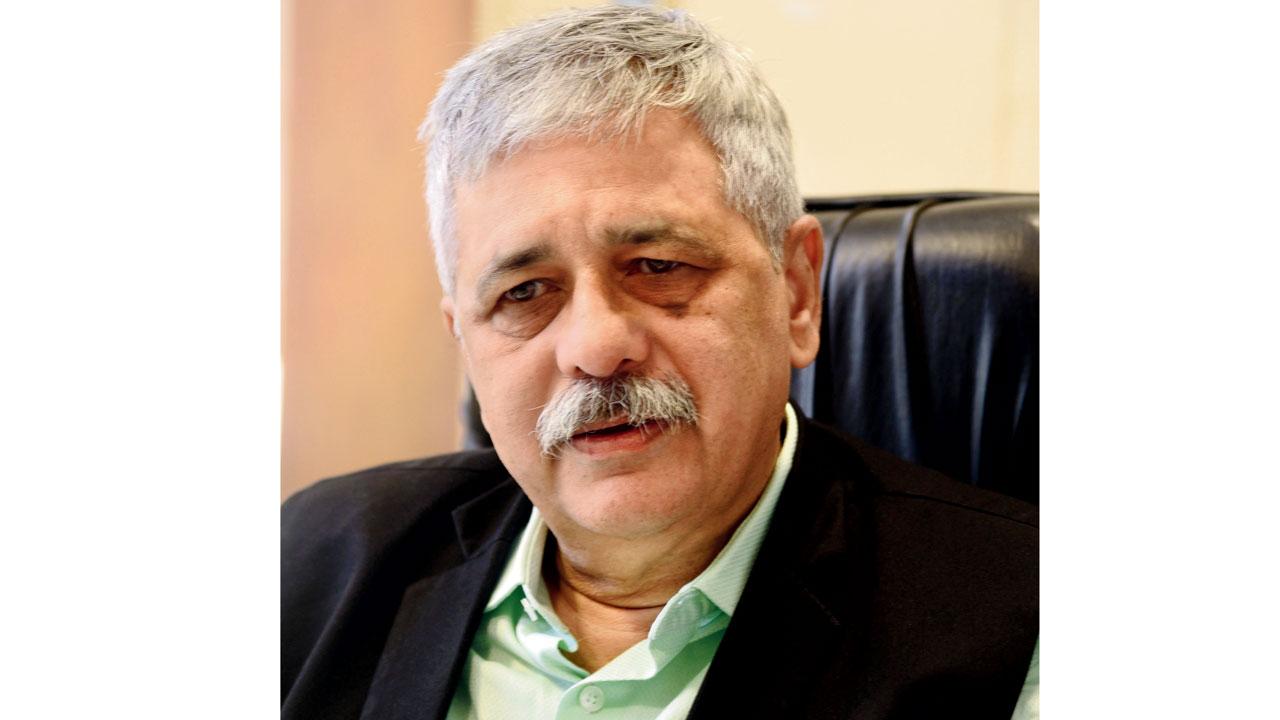
The event, which occurred at 7.15 am Eastern Daylight Time or 4.30 pm Indian Standard Time, saw 7.7 billion people experience sunlight. Before we could be surprised, Paranjpye reminded us, “The orbit of the earth is elliptical. That’s why it is such an uncommon occurrence. It is part of the magic.” The Center for International Earth Science Information Network, New York, noted that 6.4 billion people experienced daylight; 1.3 billion witnessed Twilight. With an overcast sky over the city, few would have noticed it anyway.
Legal history
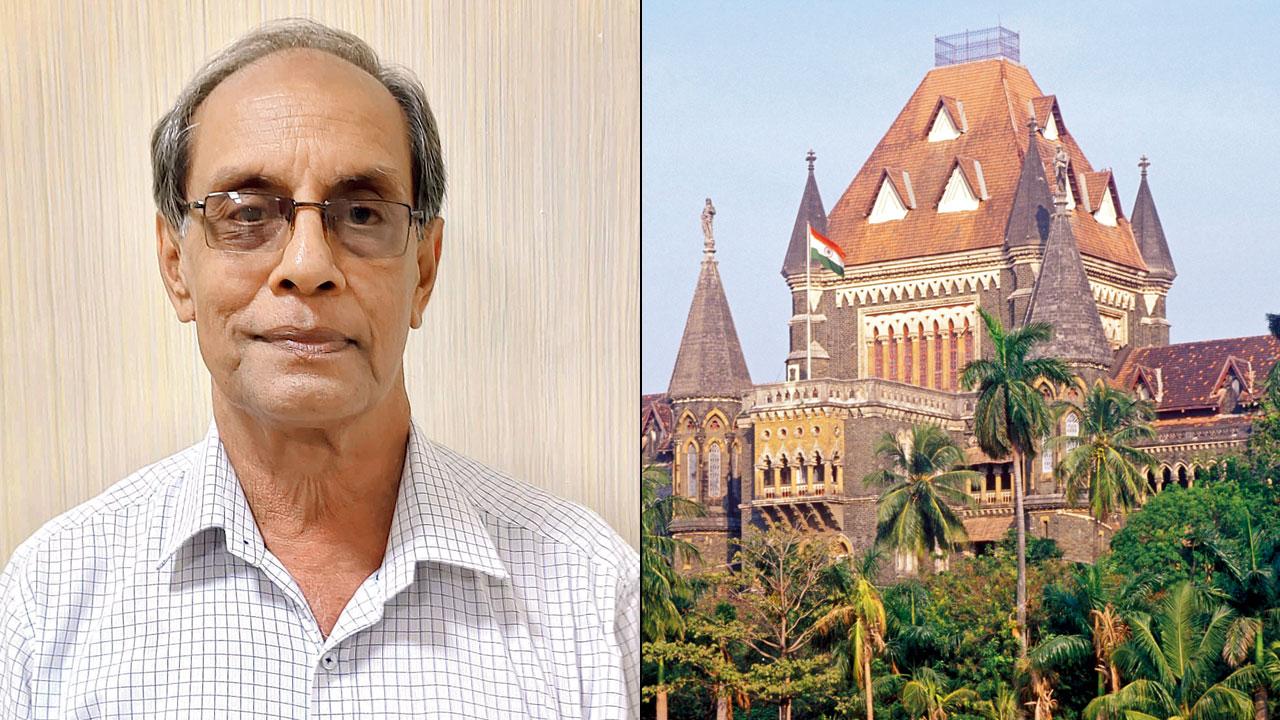
The subject of the online talk hosted by KR Cama Oriental Institute next week is a fascinating tale of the city’s legal past. Yogesh Kamdar (in pic), moderator of the session, told this diarist, “The Bombay Legal Aid Society was a wonderful legal arrangement to help the poor and illiterate in the city escape injustice.” The talk, helmed by Dr Alastair McClure from the University of Hong Kong, will focus on the history of a movement, which sadly petered out in the 1970s.
Love, hawk
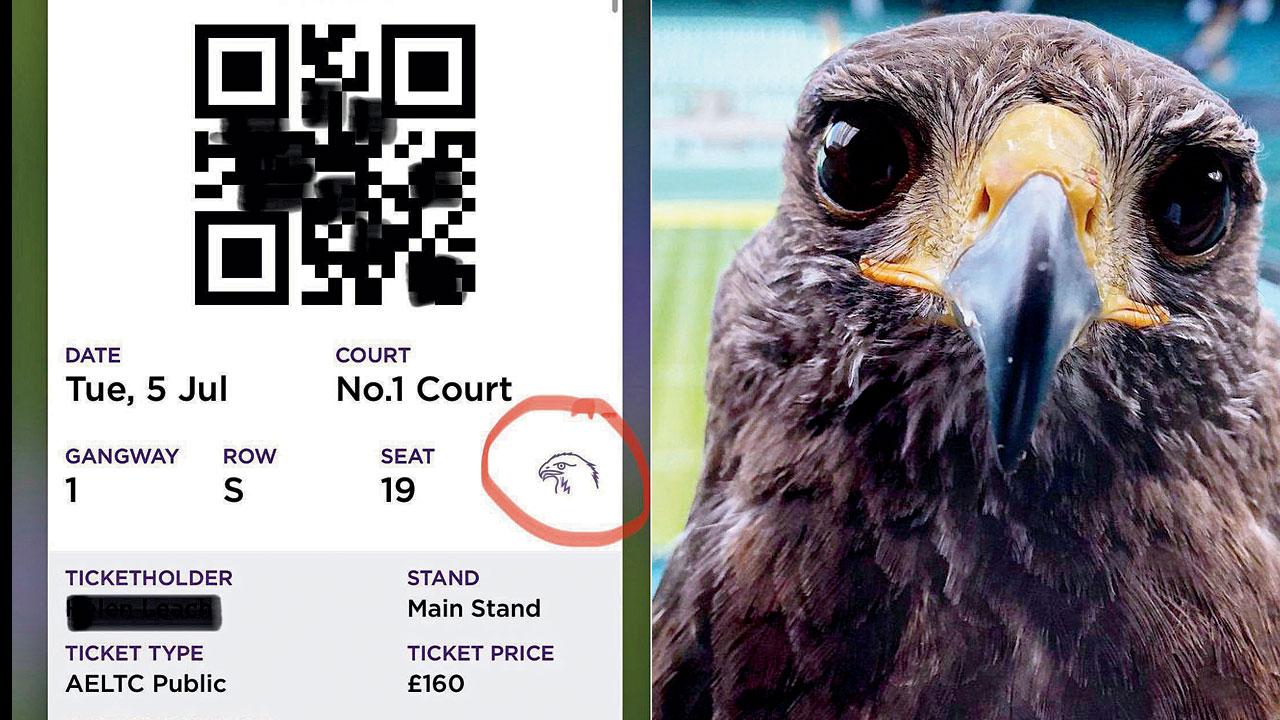
A Wimbledon ticket; (right) Rufus. Pic Courtesy/@RufusTheHawk on Twitter
No matter how the final turns out, this diarist will be most disappointed to miss the adventures of a new star at The Championships. Neither Rafael Nadal nor Nick Kyrgios or Novak Djokovic have earned the plaudits this year like Rufus, the hawk, has. A regular presence at Wimbledon, fans recognise the name from his many appearances on television, or the fun social media feed on Twitter. The 15-year-old Harris hawk has kept the lawns free of rodents, pigeons and other intruders since 1999. Now close to retirement, the bird has earned a space in Wimbledon history denied to even Roger Federer — a permanent marker on the ticket to The Championships.
A story of kisses and crimes
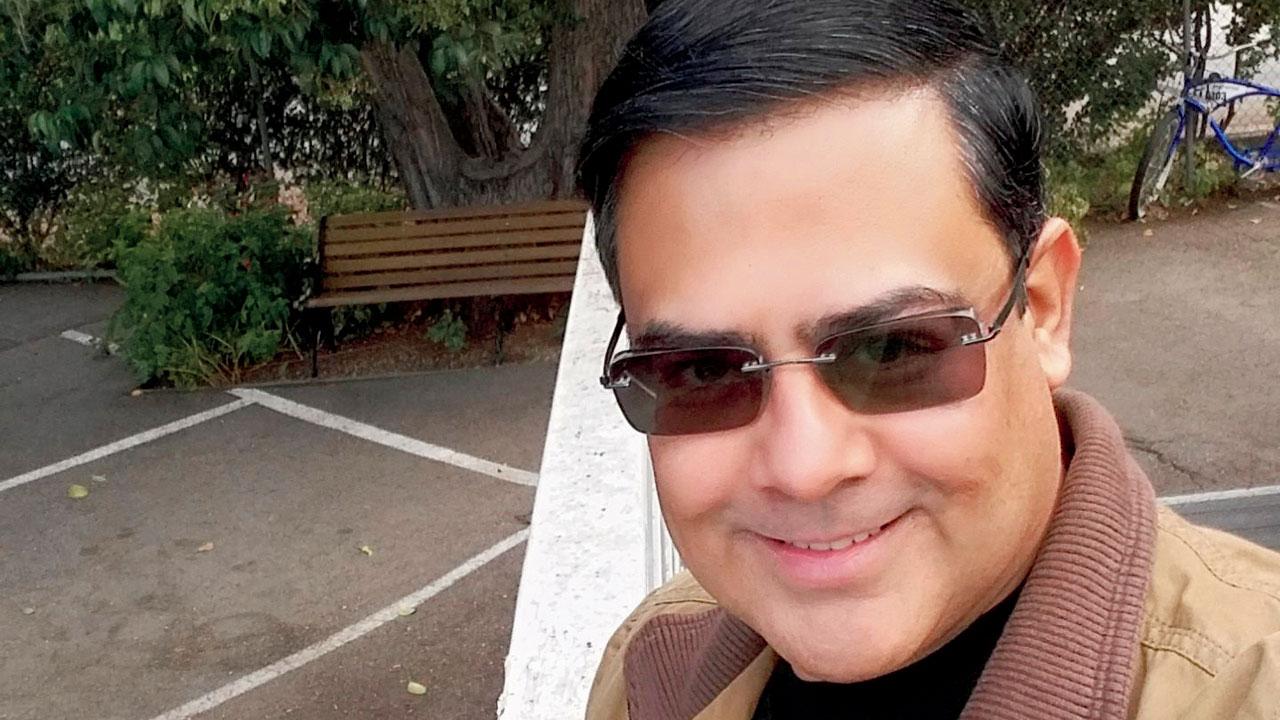
Who doesn’t like the thrill of a budding romantic saga transforming into a crime story? Mumbai-born and raised author Ashok Banker’s recently released book, A Kiss After Dying, follows Hannah and her love interest, Ricky. It is all rosy until Hannah acts on her knowledge of a secret. About essaying an anti-heroine, Banker shared with this diarist, “Hannah is an avenging angel on the cusp of Gen Z and Millennial. She is not going to sit and allow a billionaire to get away with what he did to her family and several other families.” The writer added that quite like him, his protagonist is an Anglo-Indian with a Portuguese-Goan background, “So I could freely draw from my culture.” Banker said with a library of easy-to-access entertainment, it’s hard to not be inspired. “I am a believer in the connectedness of things. No art exists in a vacuum. I love watching shows such as Killing Eve, and the title of my book is based on the classic, A Kiss Before Dying,” he remarked, calling the book a gender-flipped narrative that’s informed and influenced by the music, literature, fashion and attitudes of today.
 Subscribe today by clicking the link and stay updated with the latest news!" Click here!
Subscribe today by clicking the link and stay updated with the latest news!" Click here!







